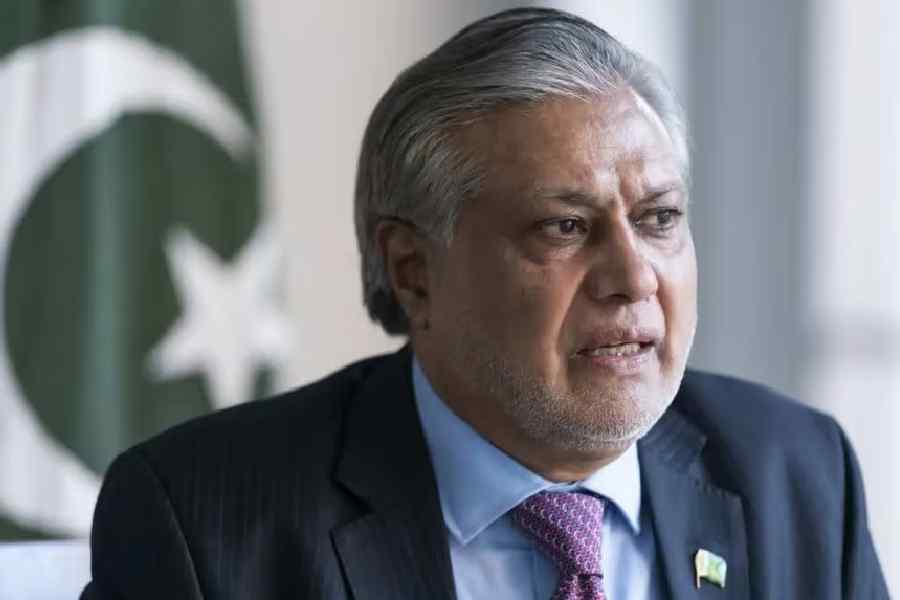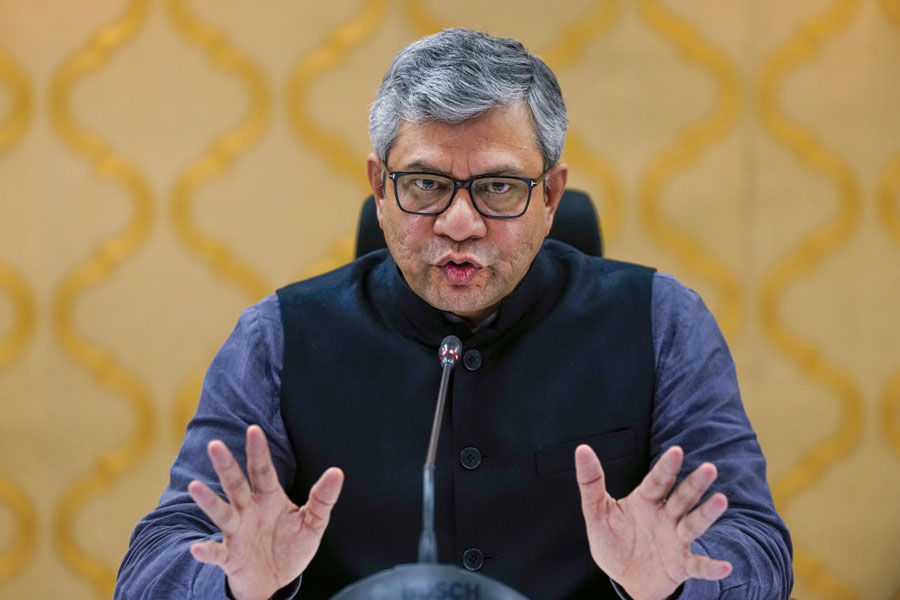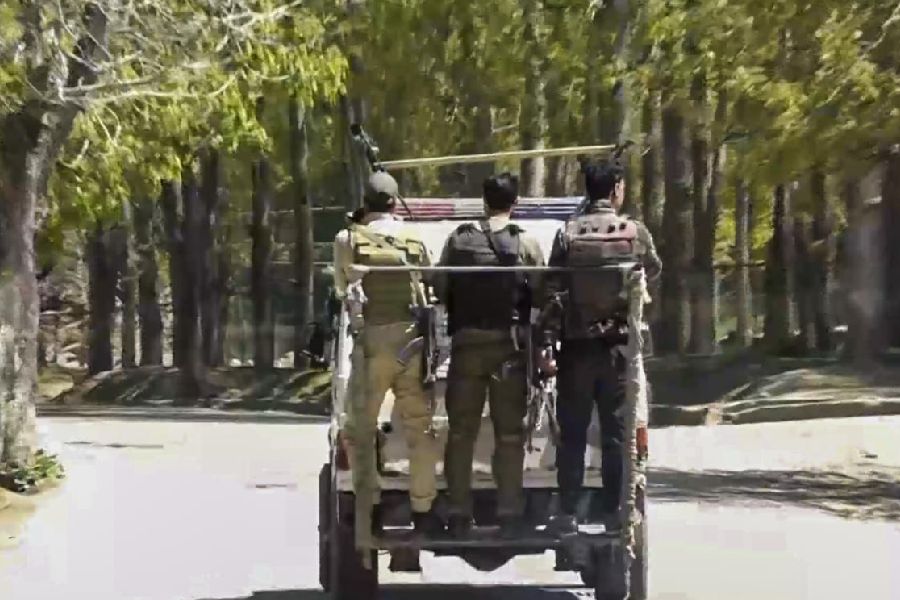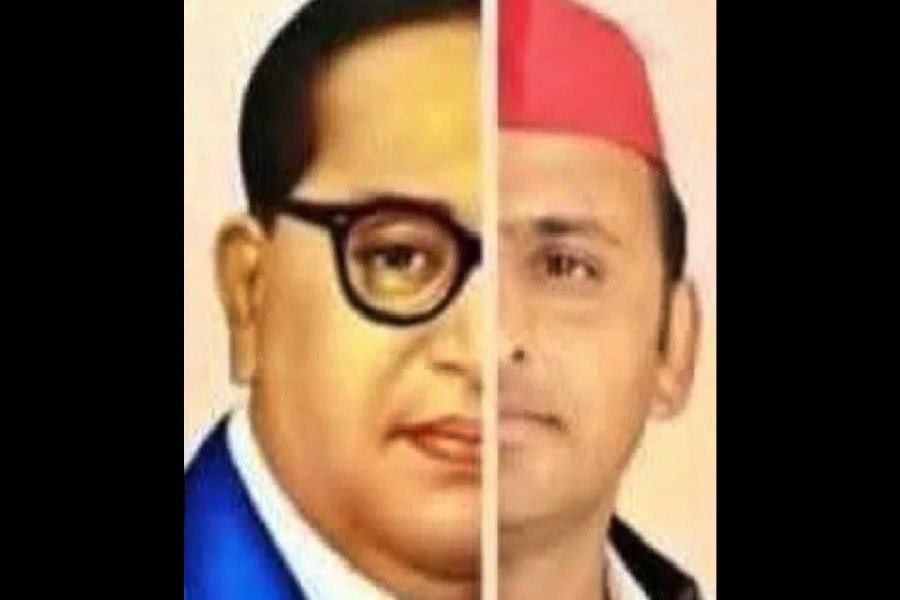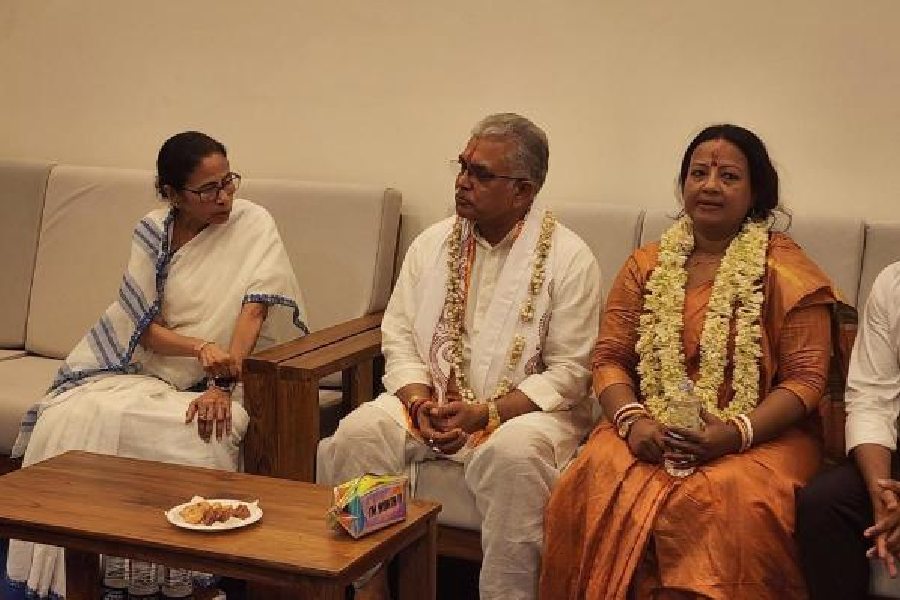 |
| CASH PUSH |
New Delhi, Oct. 26: The World Bank will sign an agreement with the government tomorrow to give a loan of $975-million (about Rs 4,500 crore) for the first phase of the high speed eastern freight corridor that will eventually link Calcutta and Delhi.
The loan was negotiated while Bengal chief minister Mamata Banerjee was the railway minister.
The Rs 24,000-crore eastern freight corridor is expected to stretch 1,806 km from Ludhiana in Punjab to Dankuni on the outskirts of Calcutta.
The World Bank will fund $2.7 billion in three tranches: $975 million for Khurja-Kanpur (343 km), $1.05 billion for Kanpur-Mughalsarai (390 km) and $700 million for Ludhiana-Khurja (397 km).
World Bank funding for the second and third tranches will be sanctioned once Dedicated Freight Corridor Corporation of India Ltd (DFCCIL) shows progress in the ongoing project and acquires a certain percentage of land. The 125-km Mughalsarai-Sonnagar stretch will be funded by the railway ministry, while the Sonnagar-Dankuni section will be financed through public-private partnerships.
The stretch between Sonnagar and Dankuni was added after Mamata became the railway minister in 2009, as she intended to include Bengal, in the corridor.
The Rs 77,000-crore project is one of the most ambitious infrastructure projects undertaken by the government. While the 1,483-km western dedicated freight corridor runs from Jawaharlal Nehru Port to Dadri in Uttar Pradesh, the eastern corridor is from Ludhiana to Dankuni in Bengal.
Along the corridor, logistics parks will come up in Kanpur and Ludhiana. These parks are proposed to be developed on a PPP mode by creating a special purpose vehicle. DFCCIL has proposed to provide rail connectivity to such parks, and private players will be asked to develop and provide infrastructure.
The key objective of the corridor is to serve coal and steel traffic. With spurs linking mineral hubs, the corridor is expected to allow goods trains to run between industrial and mineral hubs at an average speed of 100km per hour.
According to a RITES study, the projected traffic on the freight corridor in 2016-17 is 75.60 million tonnes (mt), which is likely to increase 20 per cent by 2021-22 to 91.33mt.
The corridor is part of the government’s strategy to augment the transport system in the country and push for better infrastructure, which requires trillion-dollar investment during the Twelfth Five Year Plan (2012-17).
The government is keen to push freight and passenger traffic to rail network for crude import and to reduce carbon emission and subsidy burden.


